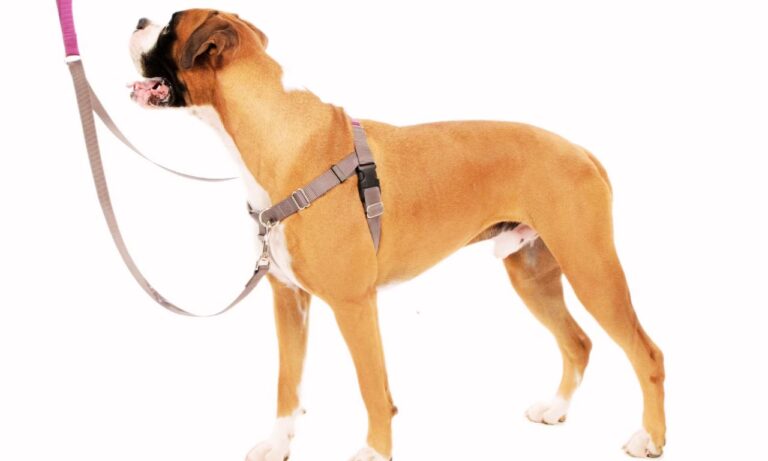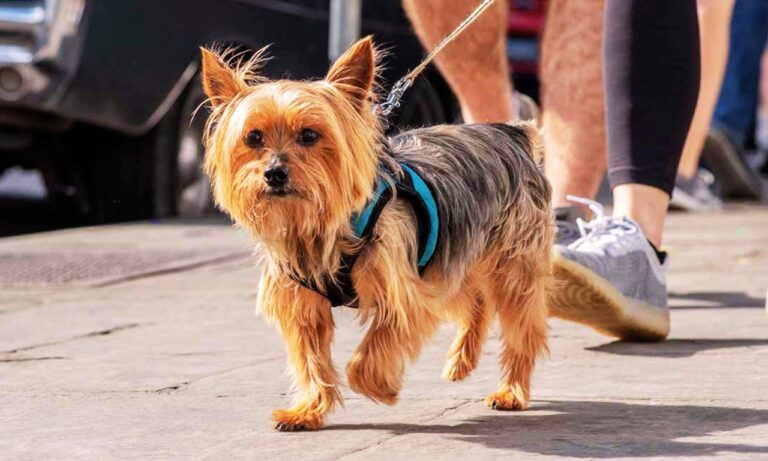| Summary: Rottweiler vs German Shepherd: Rottweilers are muscular, protective, and deeply loyal, making them excellent guard dogs. German Shepherds are intelligent, highly trainable, and agile, excelling in police and service work. Rottweilers are more reserved, while German Shepherds are more social when trained. Both need structured training, exercise, and leadership to thrive as family companions. |
The Rottweiler vs German Shepherd are two of the most popular and powerful dog breeds in the world. Both are known for their intelligence, strength, and loyalty, making them excellent choices for working roles, family companionship, and protection. However, they differ significantly in temperament, training, physical attributes, and care requirements.
In this in-depth comparison, we will explore their differences in history, physical characteristics, temperament, training, exercise needs, health concerns, and suitability for different types of owners. The Rottweiler is a powerful guardian breed with a muscular build, while the German Shepherd is more agile and versatile. GPS dog collars help track their activity levels during outdoor training.
Blog Highlights
ToggleRottweiler vs German Shepherd: Which Breed Has the More Impressive History?

Rottweiler: The Butcher’s Guardian
The Rottweiler traces its history back to the Roman Empire. These dogs were bred to herd cattle and guard soldiers’ supplies as the Romans traveled across Europe. When the Roman legions reached what is now Germany, these dogs were further developed in the town of Rottweil. They became known as “Rottweiler Metzgerhund” (Rottweil Butcher’s Dog) because they helped butchers drive cattle to market and protect money pouches from thieves.
Ensure your Newfoundland’s comfort and security with expert tips on how to ensure a safe collar fit for Newfoundland.
Over time, as industrialization reduced the need for cattle-driving dogs, the Rottweiler found new roles. The breed became popular for police work, military service, and search-and-rescue operations due to its intelligence and strong work ethic. Today, Rottweilers remain one of the most trusted guard dogs and service dogs around the world.
The modern Rottweiler is a testament to its long history of dedication and hard work. Despite their tough and intimidating appearance, they form deep bonds with their families and are highly affectionate when raised properly. Their role has evolved from a simple herding and guarding dog to one of the most versatile working breeds in the world.
Rottweilers are stockier and heavier, weighing 50-60 kg, whereas German Shepherds are leaner, averaging 30-40 kg. Pet tech products like smart feeding bowls assist in portion control based on breed-specific needs.
German Shepherd: The Ultimate Working Dog
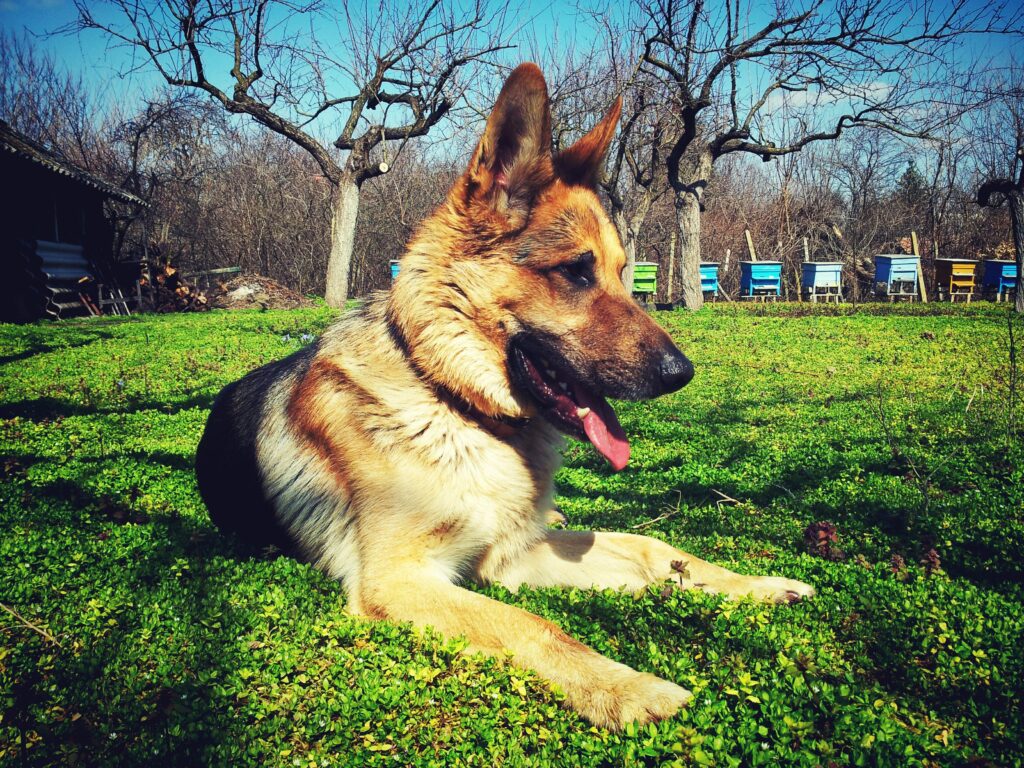
The German Shepherd was developed in the late 19th century by Captain Max von Stephanitz, who sought to create the perfect herding and working dog. The breed was carefully refined for intelligence, obedience, and strength, making it an exceptional choice for various working roles.
During World War I and II, German Shepherds served as messenger dogs, search-and-rescue dogs, and sentries. Their versatility led to worldwide recognition, and they quickly became one of the most popular police and military dog breeds. Today, they are used in law enforcement, military operations, search and rescue, and even as guide dogs for the visually impaired.
Discover the ideal fit by learning what size collar for Newfoundland dog to ensure your pet’s comfort and safety.
Despite their strong working background, German Shepherds have also become one of the most beloved family pets in the world. Their high intelligence and trainability allow them to excel in obedience training, making them ideal for families, especially those who want an active, loyal, and protective companion.
👉 Key Difference: Rottweilers were initially bred for cattle herding and protection, while German Shepherds were developed for herding and later refined as all-purpose working dogs.
Which Breed is Bigger and Stronger?
| Feature | Rottweiler | German Shepherd |
| Height (Males) | 61-69 cm (24-27 inches) | 60-65 cm (24-26 inches) |
| Height (Females) | 56-63 cm (22-25 inches) | 55-60 cm (22-24 inches) |
| Weight (Males) | 50-60 kg (110-132 lbs) | 30-40 kg (66-88 lbs) |
| Weight (Females) | 35-48 kg (77-105 lbs) | 22-32 kg (48-70 lbs) |
| Body Type | Stocky, muscular, broad chest | Lean, athletic, and agile |
Which Breed Has the More Distinctive Appearance?
Rottweiler: The Powerhouse
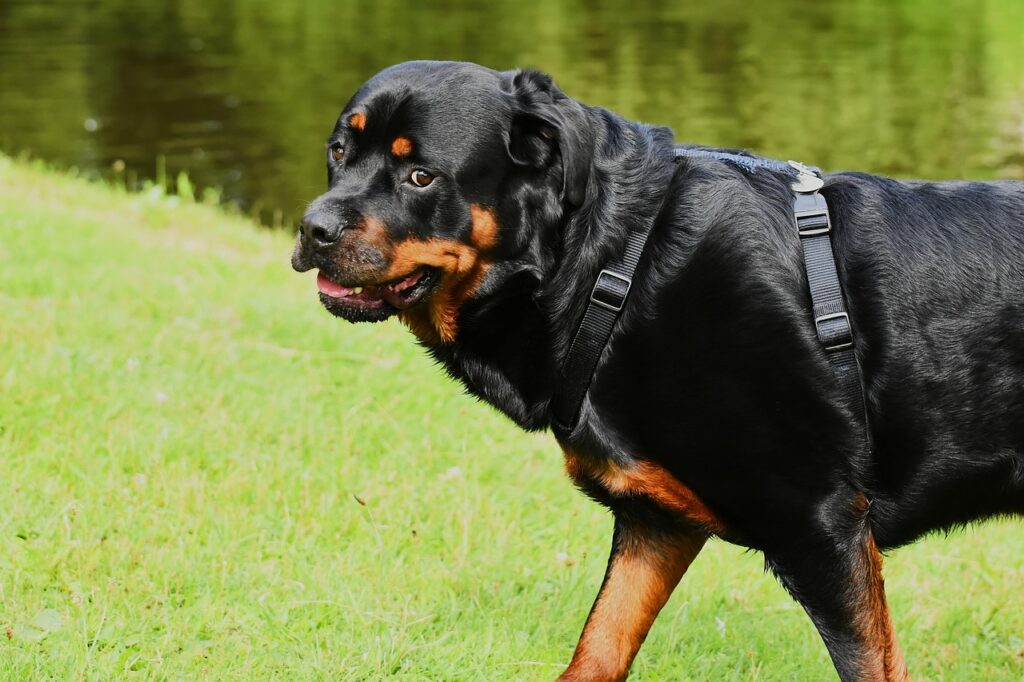
The Rottweiler is a muscular and stocky breed with a powerful build. Their broad chest, strong neck, and thick legs make them one of the most physically imposing breeds. Their coat is short, dense, and black with distinctive tan markings above the eyes, on the muzzle, chest, and legs. Rottweilers have a naturally strong jaw and broad head, giving them an intense and commanding look.
For expert tips on how to fit a collar on a Belgian Shepherd, this guide offers simple steps to ensure your dog’s collar fits securely and comfortably.
Their tails are often docked in some regions, though this practice is becoming less common. Their ears are medium-sized, triangular, and hang forward, giving them an alert yet calm expression. Unlike the German Shepherd, the Rottweiler has a more compact and solid frame, making them better suited for brute strength rather than agility.
Despite their intimidating presence, well-raised Rottweilers have a gentle and affectionate expression when interacting with their families. Their stance is confident and powerful, but they can be surprisingly playful and expressive with those they trust.
Both breeds are highly intelligent and trainable, but German Shepherds excel in obedience and working roles, while Rottweilers are natural protectors. Electronic dog collars can reinforce training commands effectively for both breeds.
German Shepherd: The Agile Athlete
German Shepherds have a leaner and more athletic build compared to Rottweilers. Their bodies are longer than they are tall, giving them a sleek, agile appearance. Their coat is typically medium-length and dense, though long-haired varieties also exist. Common coat colors include black and tan, sable, black, and white (though white is not recognized in some breed standards).
One of the most distinctive features of a German Shepherd is its erect ears and intelligent, focused eyes. Unlike Rottweilers, their tails are long and bushy, carried in a slight curve when at rest. Their legs are long and built for speed and endurance, making them better suited for activities requiring agility and quick reflexes.
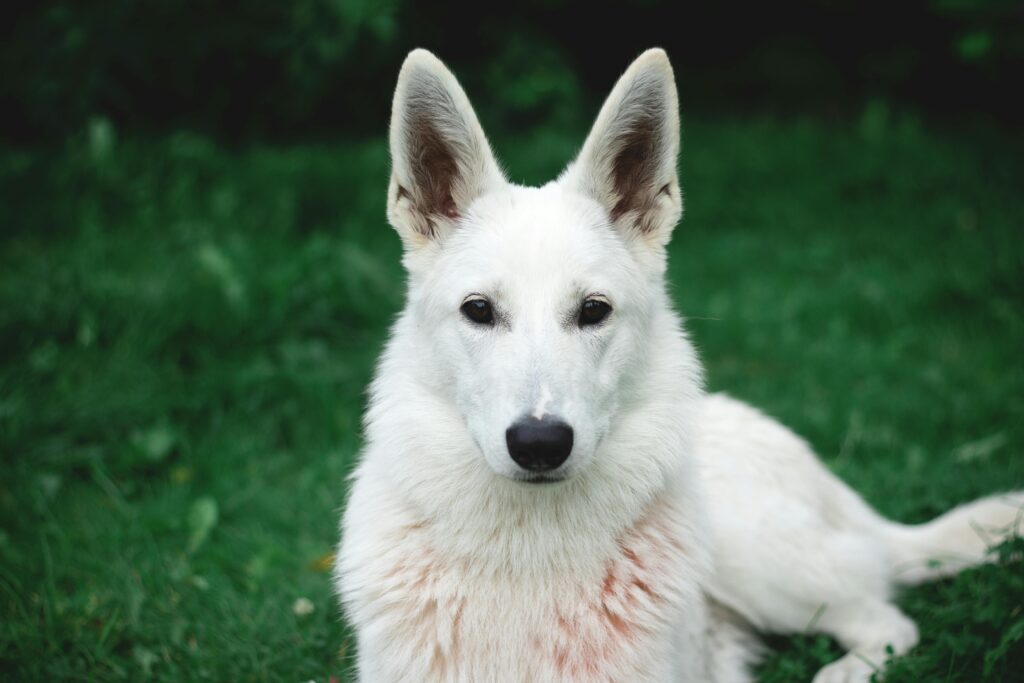
German Shepherds also have a noticeable sloped back in some breed lines, particularly in show dogs. However, working-line German Shepherds tend to have a straighter back and more balanced posture, making them better suited for physically demanding tasks.
👉 Key Difference: Rottweilers are stockier and more powerful, while German Shepherds are leaner, faster, and more agile.
Which Breed Has the Better Temperament?
Rottweiler: The Loyal Guardian
Rottweilers are known for their strong loyalty and protective instincts. They form deep bonds with their owners and are naturally wary of strangers, making them excellent guard dogs. When raised correctly, Rottweilers are affectionate, playful, and even goofy with their families.
Despite their protective nature, they are calm and confident rather than overly aggressive. They require firm leadership and early socialization to prevent them from becoming overly territorial or dominant. Without proper training, they can develop stubborn or headstrong behaviors, which may be difficult for inexperienced owners to handle.
Proper training and early socialization are essential for both breeds to develop into well-behaved, confident companions. Dog training equipment helps in discipline, obedience, and mental stimulation.
Rottweilers thrive in homes where they receive consistent training, mental stimulation, and strong leadership. They do not do well with passive owners, as they need clear boundaries to behave appropriately. However, when trained properly, they are among the most loyal and affectionate breeds.
German Shepherd: The Intelligent Protector
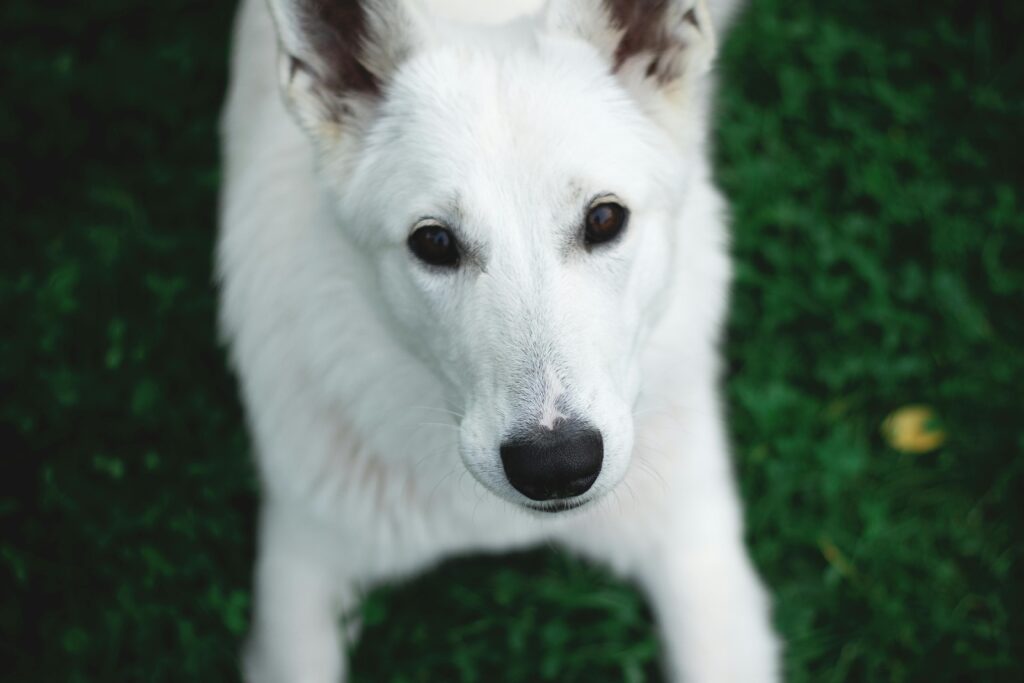
German Shepherds are highly intelligent, loyal, and trainable, making them one of the most popular working breeds. They are deeply devoted to their owners and are often eager to please, making them slightly easier to train than Rottweilers.
Unlike Rottweilers, German Shepherds are more social and friendly with strangers when properly socialized. While they still retain protective instincts, they are more adaptable to new environments and can interact well with different people when trained appropriately.
For detailed guidance on selecting the correct collar size for a Belgian Shepherd, this article provides essential tips to ensure your dog’s comfort and safety.
Because of their high intelligence and energy levels, German Shepherds require constant mental and physical stimulation. Without it, they may become bored and develop destructive behaviors such as excessive barking or chewing. They excel in obedience training and love having a “job” to do.
👉 Key Difference: Rottweilers are more reserved and protective, while German Shepherds are more trainable and social when properly raised.
Which Breed is Easier to Train?
Rottweiler: The Strong-Willed Learner
Rottweilers are highly intelligent but can be stubborn, especially if they do not see a clear leader in their household. They respond well to firm, consistent training that includes positive reinforcement. However, if they sense weakness or inconsistency, they may become dominant and challenge their owner’s authority.
Discover the perfect collar size for an Anatolian Shepherd Dog to ensure comfort and security for your furry friend.
Training a Rottweiler requires patience and strong leadership. They need early socialization and exposure to different environments to ensure they grow into well-mannered adults. Due to their protective instincts, they require training to distinguish between real threats and harmless situations.
While Rottweilers can learn commands quickly, they need regular reinforcement to maintain their obedience. They excel in protection work, tracking, and obedience training, making them a great choice for experienced handlers.
German Shepherd: The Obedience Champion
German Shepherds are one of the easiest breeds to train due to their intelligence and eagerness to please. They pick up new commands quickly and are highly responsive to positive reinforcement training.
Unlike Rottweilers, German Shepherds naturally look to their owners for direction, making them more obedient and easier to train for first-time dog owners. Their ability to quickly learn commands makes them ideal for police work, search-and-rescue, and service dog roles.
However, German Shepherds require constant mental stimulation to keep them engaged. If not given enough training or challenges, they may develop unwanted behaviors such as excessive barking, digging, or destructive chewing. They thrive in structured environments where they can use their intelligence productively.
👉 Key Difference: German Shepherds are easier to train due to their eagerness to please, while Rottweilers require strong leadership and consistency.
Which Breed is More Active and Requires More Exercise?
Rottweiler: The Powerful Worker
Rottweilers have moderate to high energy levels and require at least 60-90 minutes of exercise daily. They enjoy activities such as running, hiking, and obedience training. Due to their muscular build, they also benefit from strength-based activities like pulling weights or agility training.
Learn more about the unique double-layered coat of an Anatolian Shepherd and how to care for it effectively.
Despite their strength, Rottweilers can become lazy or overweight if not given enough exercise. Owners must ensure they receive daily physical activity to maintain their health and prevent behavioral issues.
German Shepherd: The High-Energy Athlete
German Shepherds are high-energy dogs that require at least 90-120 minutes of exercise daily. They thrive on activities like running, herding, agility training, and obedience drills. Because of their herding background, they need regular mental and physical challenges.
Without enough exercise, German Shepherds may develop anxiety, excessive barking, or destructive behaviors. They require an active owner who can keep up with their energy levels.
👉 Key Difference: German Shepherds require more exercise and mental stimulation compared to Rottweilers.
Final Verdict: Which Breed is Right for You?
- Choose a Rottweiler if you want a loyal, protective, and strong dog that forms deep bonds with its family but requires experienced handling.
- Choose a German Shepherd if you want an intelligent, trainable, and active dog that excels in obedience training and social adaptability.
Both Rottweiler vs German Shepherd breeds require dedicated training, exercise, and leadership, but they have distinct characteristics that make them better suited for different types of owners. Whether you choose a Rottweiler or a German Shepherd, you’ll gain a faithful, protective, and highly capable companion.
For insights on whether Pomeranians should wear a collar, including considerations for safety and alternatives, check out this informative article.


